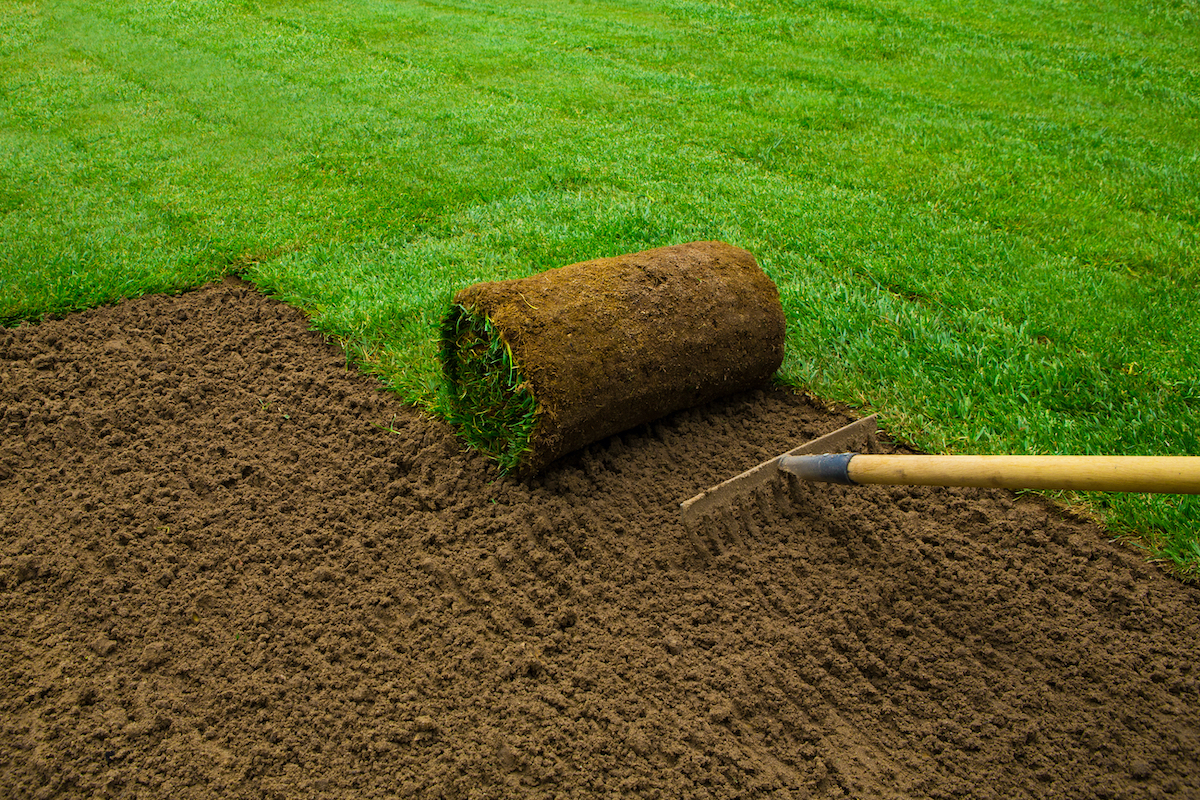It’s only natural that you’d want your lawn to look pristine, even through the harsh summer months. But the heat and drought can both do a number on your lawn’s appearance. Unless you plan on spending a lot of time and resources maintaining your greenery, you’ll have a difficult time making sure they stay lush and verdant throughout the year.
This urge is perhaps the driving force behind the rising popularity of artificial grass or turf among residential and commercial property owners. But how does artificial grass fare when you compare it to real turf? Learn about the pros and cons of both options so you can make an educated choice.
Growing Popular
According to market research, the artificial turf market was valued at approximately USD 2.6 billion in 2018. Experts projected that this value would grow by as much as 5.4 percent in the next seven years. This market growth is made possible by the predicted increase in demand caused by the popularity of artificial grass.
Artificial Grass
Artificial grass comes in three types based on their base material. In order of descending popularity, these materials are polyethylene, polypropylene and nylon. If you’re thinking about using artificial turf on your property, you’d benefit from learning both its upsides and downsides.
Pros
- No watering required. Because they’re made of plastic materials, artificial lawns don’t need any watering to keep looking lush and green. Supporters of artificial lawns point out that this helps you conserve water during droughts and preserve the environment.
- No landscaping needed. Artificial grass doesn’t grow and is designed to prevent weeds from taking root in their material. This means you won’t have to hire gardeners to keep it trimmed or pull weeds. You could save a considerable amount because of artificial lawns’ low maintenance nature.
- Evergreen all year. You no longer have to worry about your lawn getting unsightly brown spots because of dryness or patches of weeds growing on it. You can enjoy your perpetually green and perfect lawn every day.
- No pesticides. You’ll no longer have to worry about your pets or children getting exposed to dangerous pesticides because your artificial lawn won’t need any. This will also decrease your overall lawn spending.
Cons
- Initially expensive. Artificial grass is an investment and can installing it cost anywhere between USD 2,700 and 6,600. Although you could recoup this cost on reduced maintenance, it’s still pricey for an initial payment.
- Some maintenance required. Artificial lawns still require a modicum of cleaning such as raking natural debris and hosing. Unless you know how to maintain artificial grass, you can engage a professional to do so for you.
- It can get uncomfortable. Under direct sunlight, artificial lawns can heat up because of their materials. Some people also say that artificial grass can be rough on the skin. It can also develop and unpleasant smell if left unattended.
- They may be banned in your area. Before you install artificial grass, check with local laws if they’re legal. Some homeowners’ associations can also ban artificial grass for environmental and aesthetic reasons.

Real Turf
The go-to material for most homes, real grass is associated with picnics and other fond outdoor memories. Maintaining its appearance and health usually makes up a lot of a homeowner’s chores around the yard. Here’s refresher on the pros and cons of having an all-natural grass lawn around your home.
Pros
- Natural and biodegradable. Artificial grass is made of plastic-based materials and therefor doesn’t not decompose and they’re impossible to recycle. If you’re concerned about plastic waste, a real grass lawn is the way to go.
- Cooling effect. Plants have a significant role in cooling down the area around your home. During photosynthesis, grass lawns not only release cooling oxygen but they also emit small amounts of water. This light mist helps keep your property from heating up.
- When your real grass lawn is well-tended and maintained, it can be immeasurably more comfortable than lying on their plastic version.
- Water absorbent. The root systems and loam underneath the surface of your real grass lawn helps it soak up water efficiently. This prevents your property from flooding and can stop erosion from carving up your yard.
Cons
- High maintenance. Unlike low maintenance artificial lawns, real turf will keep you or your lawn care provider all year round. Aside from mowing, you’ll also need to fertilize, weed, and remove pests from it regularly. Without reliable providers, the combined costs can be punishingly high.
- Home for pests. Unless you use effective chemicals and routinely clean your lawn, it can become a breeding ground for pests like ticks, ants and flies. These insects can carry disease and transfer them to you and your family.
- Very thirsty lawns. A standard real grass lawn can drink up gallons upon gallons of water to stay green and attractive. This can be a problem if your area is currently in a drought or if you want to use water conservation methods in your home.
Real or artificial? This is a question that’s increasingly common in different aspects of homeownership. Before you make your decision, learning the pros and cons of both options is ideal.

